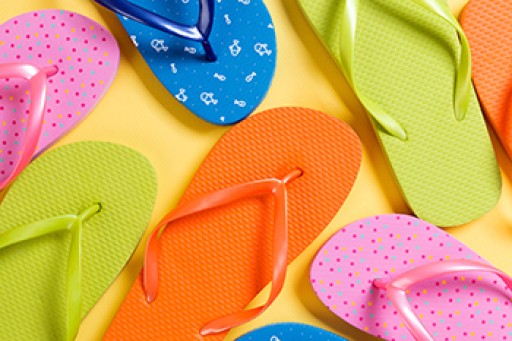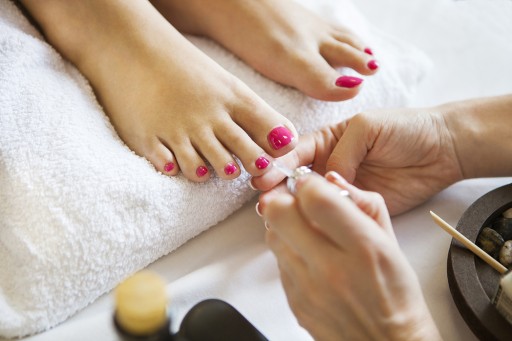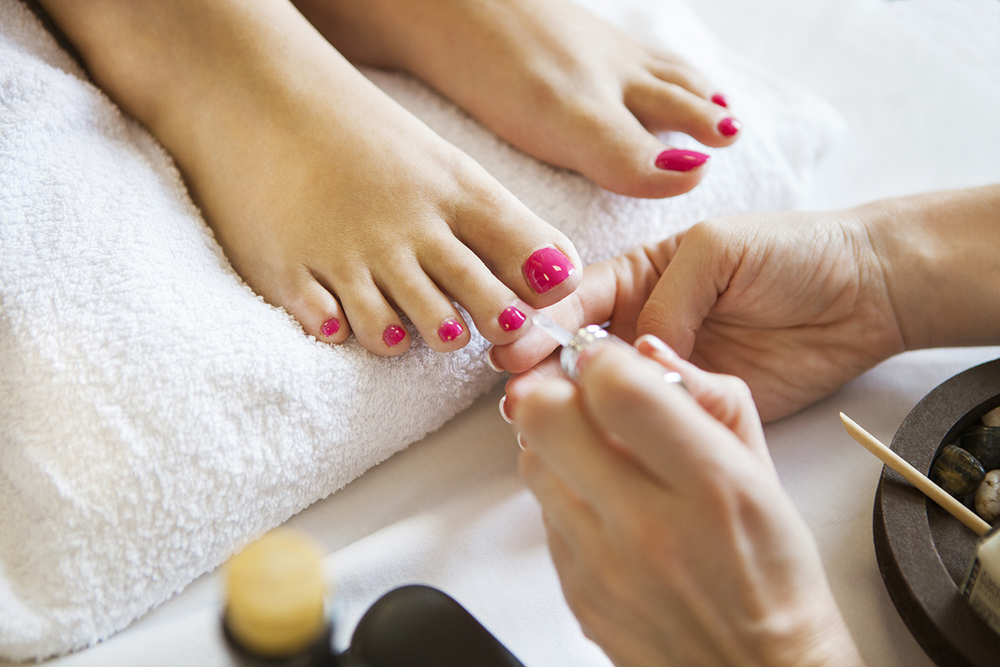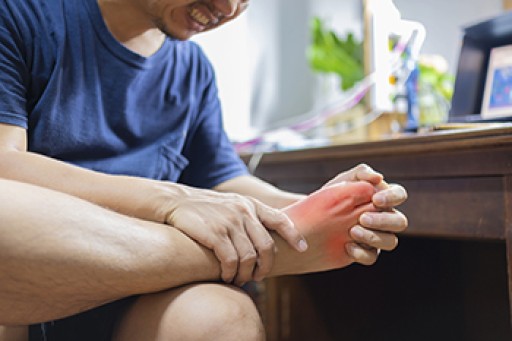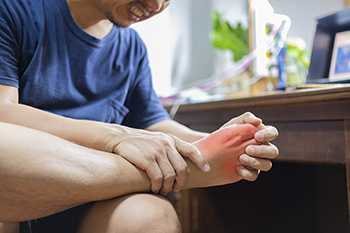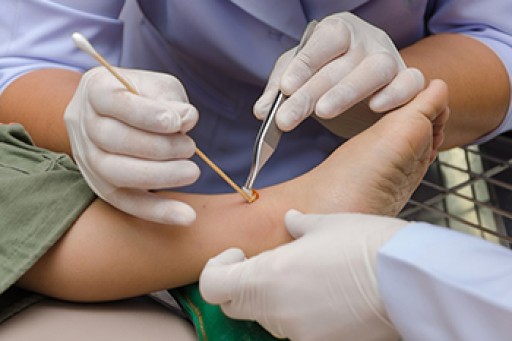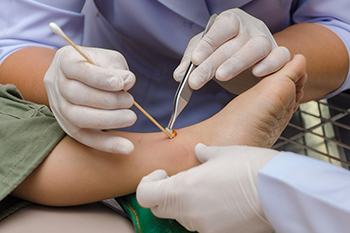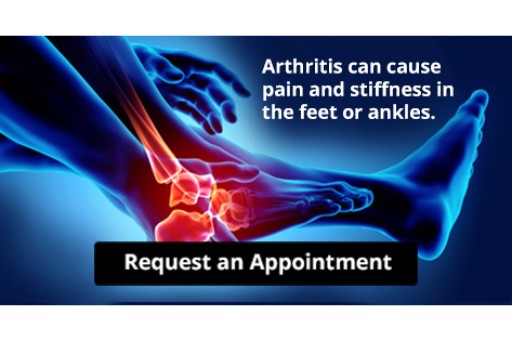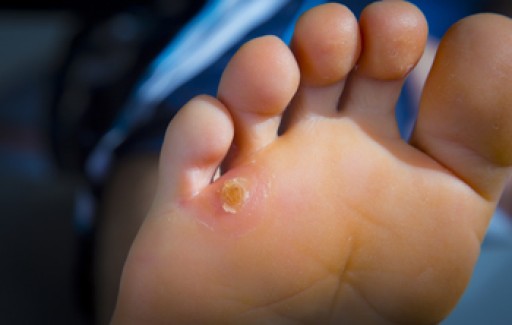
Many students go back to school after having worn flip-flops most of the summer. Flip-flops are enticing footwear for young people because they are inexpensive, come in many colors, and can be fashionable. However, these sandals do not cushion or support feet and will often lead to foot problems. It is not generally known that new bone growth continues in the heels of feet through the teen years. Flip-flops do not cushion the heel and repeated stress from walking in these shoes can lead to heel inflammation in the bone growth area and cause pain. In addition to heel and arch pain, flip-flops can lead to sprained ankles, cuts and scrapes, and callus buildup on the heels and toes. Stretching exercises and shoe inserts can help with pain incurred from wearing these shoes, but reducing the time flip-flops are worn and keeping them for beach-going or around pools is best. If your child has foot pain after wearing flip-flops, it is suggested that you take them to see a podiatrist who can assess the damage and provide proper treatment.
Flip-flops are not always the best choice of footwear. If you have any concerns about your feet or ankles, contact one of our podiatrists from Biebel & DeCotiis Podiatry Associates. Our doctors will assist you with all of your foot and ankle needs.
Flip-Flops and Feet
When the weather starts warming up, people enjoy wearing flip-flops. Flip-flops are comfortable, stylish, and easy to slip on and off; they're perfect for any summer beach goer. However, these shoes can cause harm to the feet.
How Can Flip-Flops Affect Me Long-Term?
- Ankle problems
- Hip problems
- Lower back problems
- Pain in the balls of the feet
- Problems with foot arches
- Changes in the way you walk
Are There Injuries Associated with Flip-Flops?
Yes. Since flip-flops are relatively weak and do not provide the same amount of support as sneakers, people who wear flip-flops regularly are more susceptible to injuries. On top of that, the open nature of the shoe makes your feet more prone to other problems, such as cuts and even infections. Common injuries and ailments include:
- Sprained ankles
- Blisters
- Infections
- Cuts and Scrapes
I like Wearing Flip-Flops. Are There Safe Alternatives?
When buying flip-flops, try to find ones that have sturdy soles and that are made of high-quality materials that will support for your feet. These flip-flops will cost more but will also last longer as a result.
If you have any questions please feel free to contact one of our offices located in Holmdel and Middletown, NJ . We offer the newest diagnostic and treatment technologies for all your foot and ankle needs.
